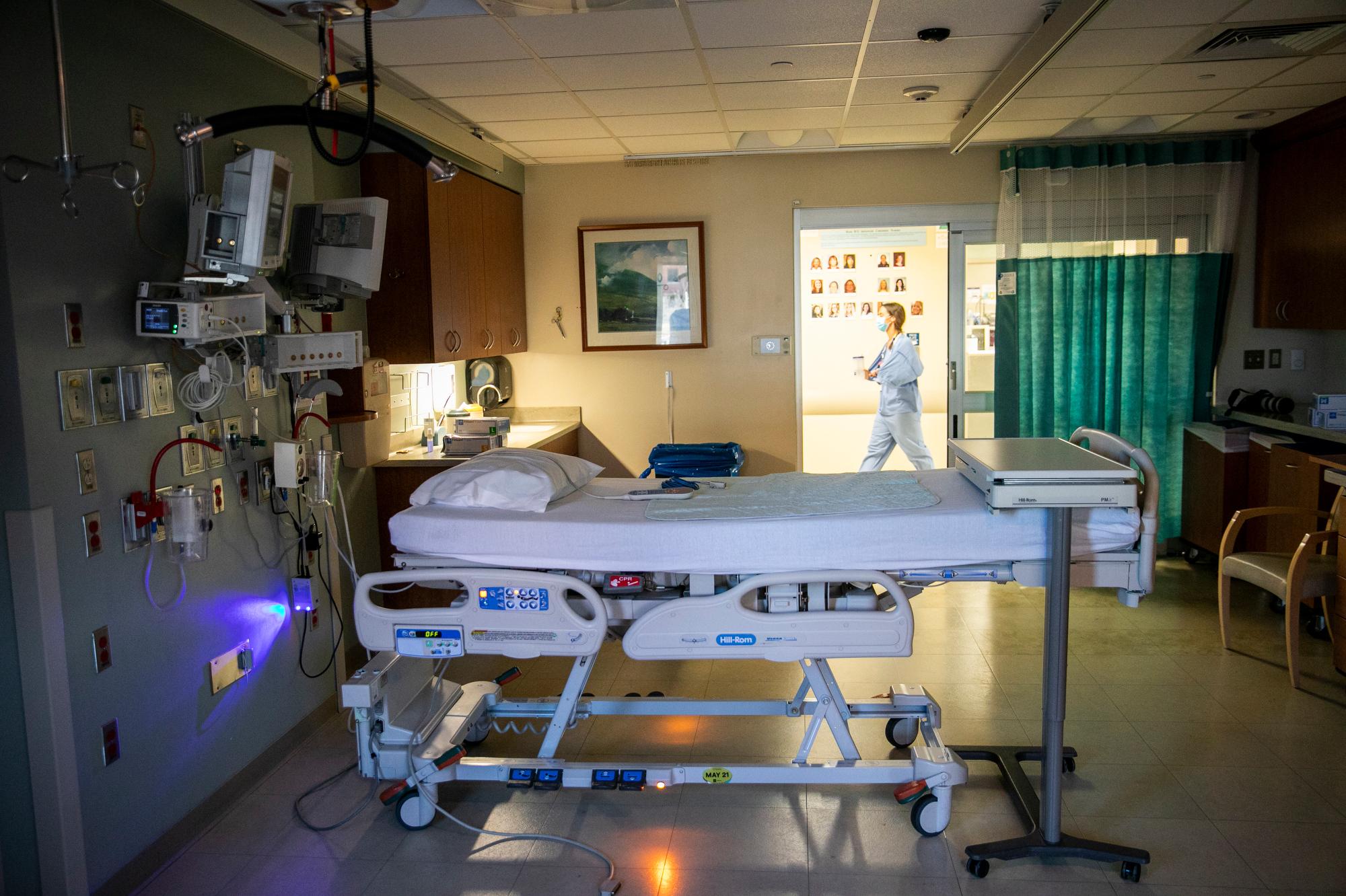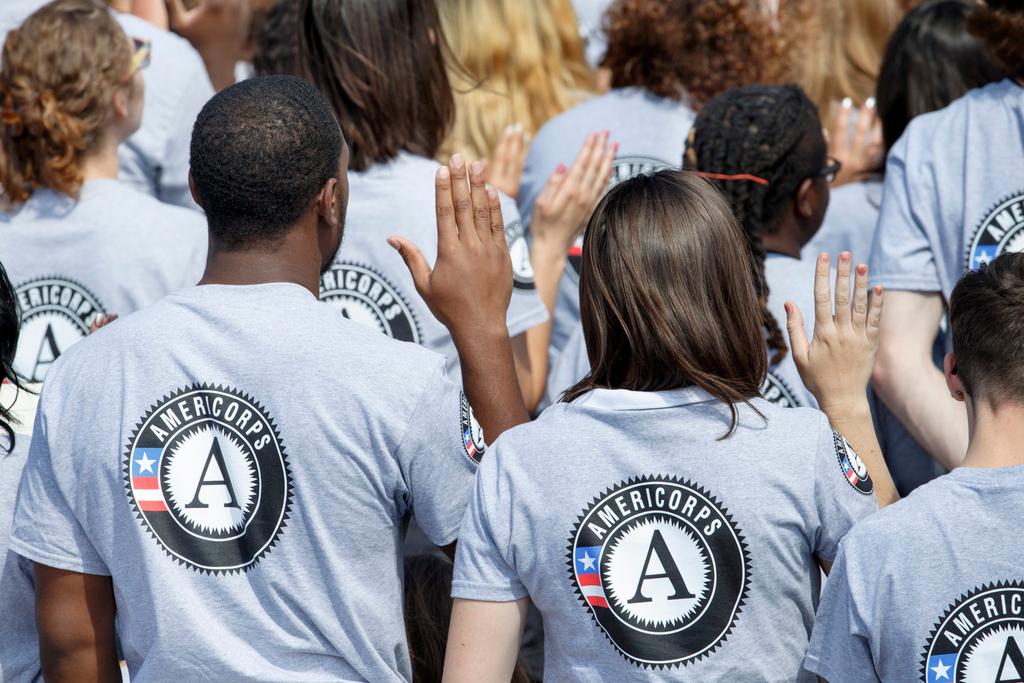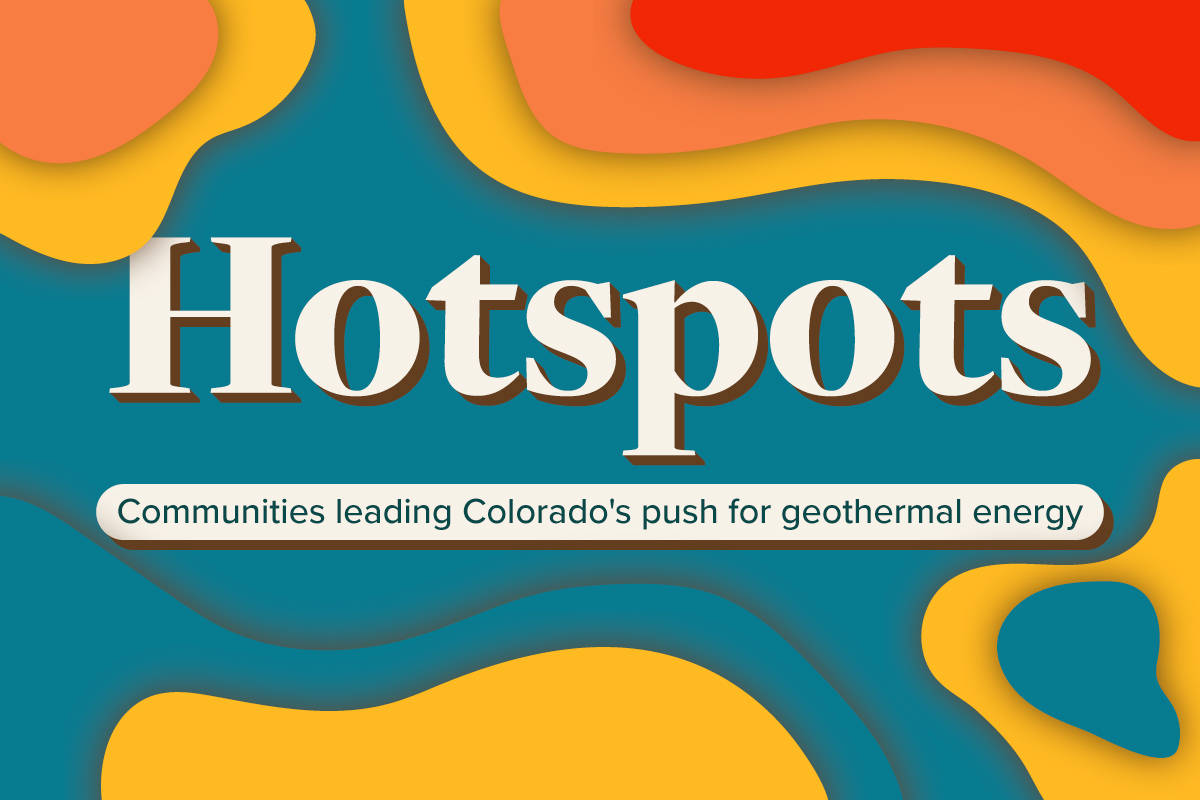
At the current level of transmission control plus a spike from Thanksgiving, Colorado could see an additional 2,600 deaths from the virus by New Years, according to state modeling. That’s not the worst-case scenario.
“Given the fact that we've experienced rising cases and hospitalizations, there's no doubt that the numbers of deaths will rise,” said Dr. Jonathan Samet, dean of the Colorado School of Public Health in a remote update. “I hope that our numbers are overestimates, but I think we're facing a number of deaths that's far greater than we would like to experience.”
The worst-case scenario is an additional 4,457 deaths, which would bring the grand total for COVID-19 deaths in 2020 to 7,650 people. To date, 3,193 Coloradans have died from COVID-19.
Samet, who oversees the team that does the state modeling, said there’s also another scenario, one in which Coloradans get better at limiting the spread of the virus, like mask-wearing, social distancing and avoiding crowds and greatly reduce the total number of deaths to an estimated 5,194 people.
“The point here is that we need to be maintaining as high a level of transmission control as possible,” Samet said.
One in 40 Coloradans are currently infectious, so the probability of encountering an infected person is higher than it was at any point since the pandemic began in March. That compares to 1 in 41 last week. The state’s seven-day rate of positive cases is 11.9 percent.
While case counts and the positivity rate has fluctuated some over the last few weeks, hospitalizations have continued to steadily increase. In part, that growth is due to admissions to the hospital outpacing discharges and many people with the virus stay in the hospital for long periods of time.
There are 6,460 hospital beds in Colorado and 1,325 intensive care unit beds. Currently, 1,841 people are hospitalized with the virus, and another 154 people are hospitalized and awaiting test results. State modeling predicts hospitals could reach capacity in the coming weeks.
The modeling also predicts that 16.5 percent of Coloradans have already been infected with COVID-19, but scientists are still unsure how long immunity from the virus lasts and what the rate of reinfections is.
The results of Thanksgiving gatherings won’t be clear until next week, said Rachel Herlihy, state epidemiologist. The Colorado Department of Public Health and Environment is expecting to see case reports around Dec. 7 that correlate to the holiday’s gatherings.
While Thanksgiving is over, December presents a number of holidays that could further increase cases and deaths from the virus.
“I think it's quite possible at least with what we know right now, and again, we'll learn more in the next week or two, that gatherings of multiple households at Christmas will be risky,” Herlihy said. “I think that's unfortunately a reality that we will probably not see a tremendous decrease in cases between now and then that would lead to those gatherings being much less risky than they are now.”
The CDPHE and the Colorado School of Public Health updated the modeling report on Nov. 25. The latest projections are based on COVID-19 hospital census data through Nov. 11, 2020, and based on the current state of the science, according to the health department.








